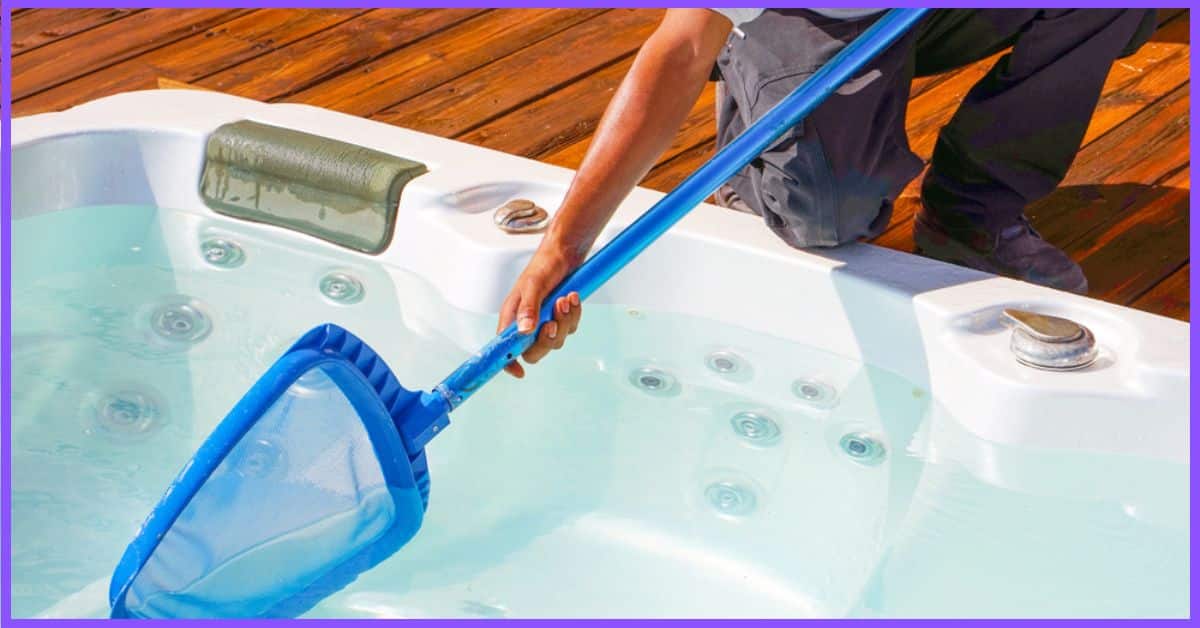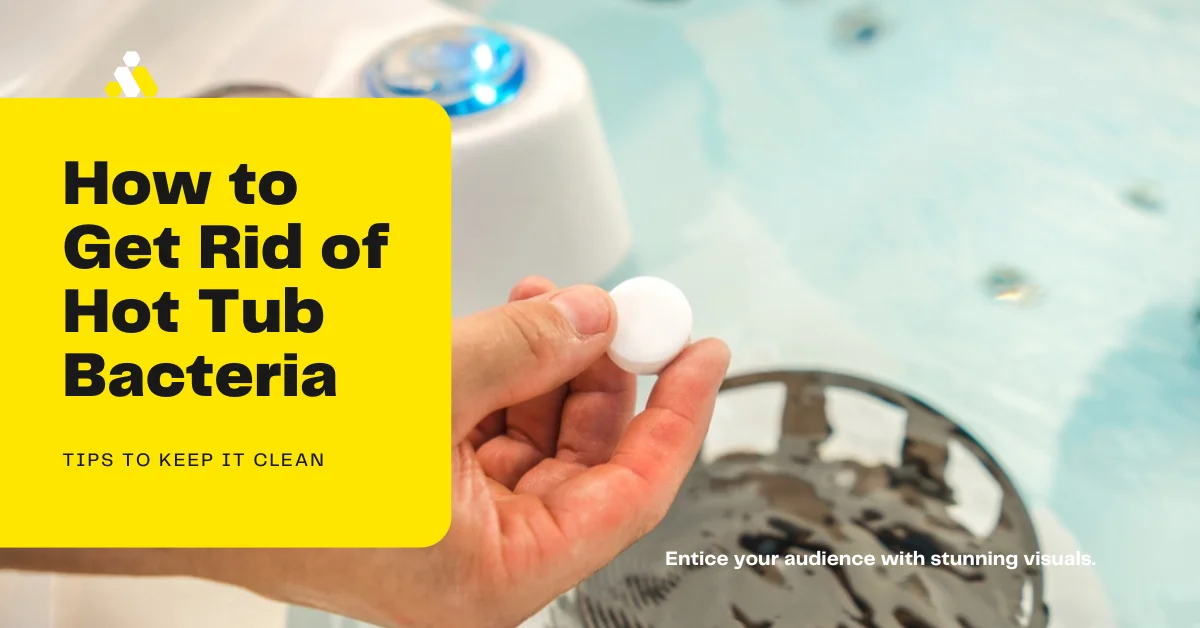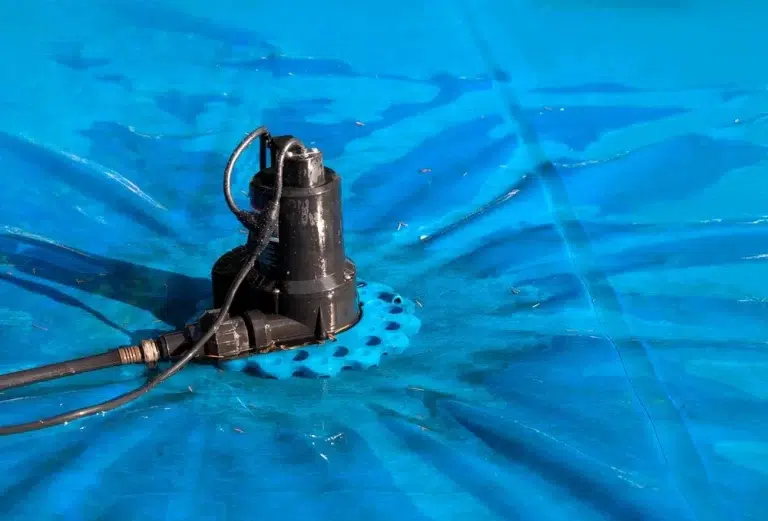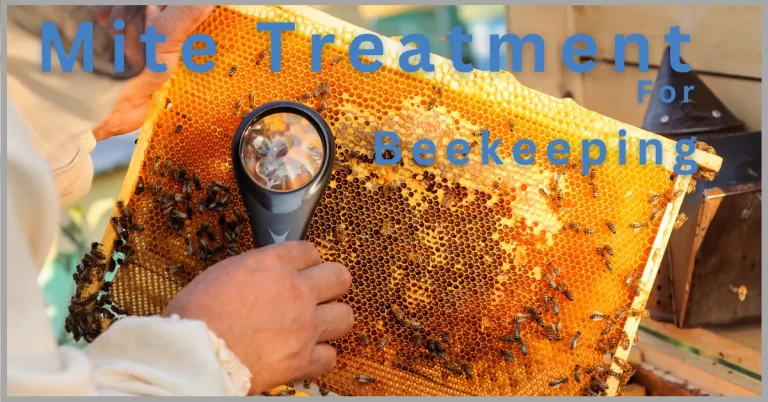How to get rid of hot tub bacteria: The Definitive Guide
Sinking into a steamy hot tub after a long day. Your muscles relax, worries fade, and pure bliss takes over. But what if that perfect soak turned unpleasant? Believe it or not, those warm, inviting hot tubs can be hiding tiny enemies – bacteria.
These little buggers can make your water cloudy and smelly, and even cause skin problems. The good news is this: with a few easy steps, you can keep those bacteria at bay and enjoy a clean, refreshing soak every time.
Understanding Hot Tub Bacteria:
Hot tubs create an ideal breeding ground for bacteria due to the warm water and organic matter such as body oils, lotions, and sweat. The most common bacteria found in hot tubs include Pseudomonas aeruginosa and Legionella pneumophila. In severe cases, these bacteria can cause various infections, including:
- Hot tub rash
- Folliculitis
- Legionnaires’ disease
Plan to Get Rid of Hot Tub Bacteria
| Step | Description |
|---|---|
| Step 1: Water Testing | Regularly test the hot tub water using a test kit or take a sample to a pool and spa supply store for analysis. |
| Step 2: pH Balancing | Adjust the pH levels of the hot tub water between 7.2 and 7.8 using pH increaser or decreaser as needed. |
| Step 3: Alkalinity | Maintain the total alkalinity between 80-120 ppm to prevent pH fluctuations and ensure water stability. |
| Step 4: Sanitization | Choose a suitable sanitizer like chlorine, bromine, ozone, or mineral systems and maintain recommended levels. |
| Step 5: Regular Cleaning | Establish a cleaning routine including draining and refilling the hot tub, surface cleaning, and filter maintenance. |
| Step 6: Shower Before | Encourage users to shower before entering the hot tub to minimize the introduction of contaminants. |
| Step 7: Limit Usage Time | Restrict hot tub sessions to reduce the risk of bacterial growth. |
| Step 8: Water Circulation | Ensure proper water circulation by checking jets and valves for proper functioning. |
| Step 9: User Education | Educate hot tub users about maintaining hygiene and reporting any signs of discomfort or skin issues. |
The Importance of Regular Maintenance:
Regular maintenance is crucial to ensure hot tub users’ health and safety. Neglecting proper cleaning and disinfection can lead to bacteria buildup, resulting in potential health risks. A routine maintenance schedule is essential to prevent bacterial growth and keep your hot tub pristine.

Water Testing and Balancing:
Maintaining the correct water chemistry is vital for inhibiting bacterial growth. Start by regularly testing the water using a test kit or taking a water sample to a local pool and spa supply store for analysis. This will help you determine the water’s pH, alkalinity, and sanitizer levels.
Maintaining a pH between 7.2 and 7.8 is recommended to ensure the effectiveness of sanitizers. Adjust the pH using a pH increaser or decreaser as necessary. Keep the total alkalinity within the range of 80-120 parts per million (ppm) to prevent fluctuations in pH levels.
Sanitization Methods:
Several effective sanitization methods are available for hot tubs, including chlorine, bromine, and alternative sanitizers like ozone or mineral systems. Each method has advantages and disadvantages, so choose the one that suits your preferences and needs.
- Chlorine is a common sanitizer that effectively kills bacteria and other contaminants. Maintain the chlorine level between 3-5 ppm to ensure optimal disinfection.
- Bromine is another popular option known for its stability in hot water. It is available in tablet or granular form and should be maintained at 2-4 ppm.
- Consider ozone or mineral systems if you prefer an alternative to traditional sanitizers. Ozone is a powerful oxidizer that kills bacteria and reduces the need for additional chemicals. Mineral systems utilize silver or copper ions to inhibit bacterial growth.
However, remember to supplement these systems with a low chlorine or bromine level for complete sanitation.
Regular Cleaning:
Besides maintaining the chemical balance, regular cleaning is crucial to eliminate any organic matter or biofilm that bacteria can feed on. Follow these steps for a thorough cleaning:
- Draining and Refilling: It is recommended to drain and refill your hot tub every 3-4 months or as advised by the manufacturer. This helps remove any accumulated contaminants and refreshes the water.
- Surface Cleaning: Use a non-abrasive cleaner and a soft cloth to clean the interior surfaces of your hot tub. Pay extra attention to areas with visible grime or buildup.
- Filter Maintenance: Clean or replace the hot tub filter regularly. A dirty filter can harbor bacteria and hinder proper water circulation. Rinse the filter with a hose or use a filter cleaning solution, following the manufacturer’s instructions.
- Cover Care: Keep your hot tub cover clean and free from debris. Wipe it down regularly and use a vinyl protectant to prolong its lifespan.
[wps_youtube url=”https://youtu.be/rTbuwdGLArU” responsive=”yes” autoplay=”yes”]
How to get rid of hot tub rash bacteria?
Hot tub rash, or folliculitis, is a common skin condition caused by certain bacteria in hot tubs. If you’re experiencing hot tub rash and want to get rid of the bacteria causing it, follow these steps:
- Identify the Source:
- Consult a healthcare professional to confirm that the rash is indeed caused by bacteria from the hot tub. They can diagnose the inflammation and provide appropriate guidance.
- Drain and Clean:
- Begin by completely draining the hot tub. Thoroughly clean all surfaces using a non-abrasive cleaner and a soft cloth. Pay special attention to areas prone to bacteria buildup, such as jets and filters.
- Disinfect:
- After cleaning, disinfect the hot tub using an appropriate sanitizer. Chlorine or bromine-based sanitizers are commonly used for this purpose. Follow the manufacturer’s instructions for proper dosage and application.
- Balance the Water:
- Ensure proper water chemistry by testing and adjusting the pH and alkalinity levels. This will create an environment that is less favorable for bacterial growth.
- Monitor and Maintain:
- Regularly test the water quality and maintain the appropriate sanitizer levels. Follow a consistent maintenance routine that includes cleaning the filters and circulating the water properly.
- Shower Before Use:
- Encourage all hot tub users to shower before entering the tub. This will help minimize the introduction of external contaminants, including bacteria.
- Seek Medical Attention:
- If the rash continues or worsens despite your efforts, consult a healthcare professional for further evaluation and treatment options. Check out Understanding Discoloration in Hot Tub Water.
Maintaining a Bacteria-Free Hot Tub (Prevention is Key!)
An ounce of prevention is worth a pound of cure, and that certainly applies to keeping your hot tub bacteria-free. By establishing some simple habits, you can significantly reduce the risk of bacterial growth and ensure a sparkling clean spa that’s always ready for a relaxing soak. green
A. Shower Before Entering: This might seem obvious, but it’s an essential first step. Soaping up in the shower before slipping into the hot tub removes sweat, body oils, and lotions that can contribute to bacterial growth in the water. These substances act as food for bacteria, and minimizing them helps keep your sanitizer working more efficiently.
B. Limit Bathers: While a hot tub can be a social space, overcrowded tubs can quickly become breeding grounds for bacteria. With more people using the hot tub, the sanitizer level can become overwhelmed, and the overall amount of body contaminants entering the water increases.
Limiting the number of bathers at a time helps keep the sanitizer level effective in killing bacteria and reduces the overall workload on your hot tub’s sanitation system. Check out Why Your Hot Tub Water is Green and How to Fix It.
C. Maintain Proper Water Balance: Just like Goldilocks and her porridge, hot tub water needs to be “just right” in terms of its chemical balance. There are two key factors to consider:
- pH Level: pH refers to the water’s acidity or alkalinity. An ideal pH level for hot tubs is between 7.2 and 7.8. When the pH falls outside this range, the sanitizer becomes less effective at killing bacteria.
- Sanitizer Level: Whether you use chlorine or bromine, maintaining the proper level of sanitizer is crucial for killing bacteria in your hot tub water. Regularly testing the sanitizer level is essential, and most pool stores offer free water testing or sell easy-to-use test strips.
D. Keep the Cover On: When you’re not enjoying a soak, keep your hot tub securely covered. A well-fitting cover acts as a barrier, preventing leaves, debris, rainwater, and even small critters from entering the water. These elements can introduce bacteria and other contaminants that can cloud your water and create an environment where bacteria can thrive. A good cover also helps trap heat, reducing energy costs to maintain the desired water temperature.
Check out My Hot Tub Clothing Etiquette Guide.
[wps_alert type=”note”]Note: Following this comprehensive plan will help you effectively eliminate hot tub bacteria and ensure a clean and safe hot tub environment.[/wps_alert]
Battling Hot Tub Blues: Troubleshooting Common Water Woes
Even with the best prevention methods, sometimes hot tub water woes can pop up. Here’s a quick guide to deciphering common problems and how they might be linked to bacteria:
- Cloudy Water: This could be caused by a few things, including low sanitizer level, imbalanced pH, or even trapped body oils and lotions (remember that shower before getting in!). Bacteria can also contribute to cloudiness, so testing your water and shocking the tub might be the solution.
- Foul Odor: A swampy or chlorine-like smell is a sign something’s off. This could be due to insufficient sanitizer, built-up body oils, or even dirty filters. Bacteria feeding off these contaminants can worsen the odor. Shock the tub, clean the filter, and check your sanitizer level to get things smelling fresh again.
- Skin Irritation: If you experience itchiness or redness after a soak, it could be a sign of imbalanced water chemistry, particularly high chlorine levels. While not exactly bacteria itself, improper sanitization can allow bacteria to thrive and irritate your skin. Test your water and adjust the pH and sanitizer levels for a comfortable soak.
[wps_alert type=”note”]Remember: If you’re unsure about the cause of your hot tub water woes, consult a pool store professional or refer to your hot tub’s manual for specific troubleshooting steps.[/wps_alert]
For additional information visit Hot Tub Patio or if you’re interested in reading reviews and guides for hot tubs, visit Hot Tub Water Care Guide.
Final Words:
Maintaining a clean and bacteria-free hot tub is essential for a safe and enjoyable experience. You can eliminate hot tub bacteria by following a regular maintenance routine, testing and balancing the water, utilizing effective sanitization methods, and incorporating thorough cleaning practices. Prevention is key, so stay proactive to keep your hot tub a healthy oasis of relaxation.
Thank you for reading this comprehensive guide on how to get rid of hot tub bacteria. I hope you found the information useful and insightful. Enjoy your clean and bacteria-free desirable tub experience!
FAQs – Hot Tub Bacteria and Cleaning
How to clean a hot tub after folliculitis? To clean a hot tub after folliculitis, follow these steps:
- Drain the hot tub completely.
- Scrub the surfaces using a non-abrasive cleaner and a soft cloth.
- Rinse the tub thoroughly to remove any remaining cleaning agents.
- Refill the hot tub with fresh water and balance the water chemistry.
- Ensure proper sanitization to prevent future bacterial growth.
How to get rid of hot tub bacteria fast? To get rid of hot tub bacteria quickly, you can take the following steps:
- Test the water and balance the pH and alkalinity levels.
- Shock the hot tub with a higher dosage of sanitizer, such as chlorine or bromine.
- Scrub the surfaces and clean the filter.
- Ensure proper water circulation and filtration.
- Monitor the water chemistry regularly and adjust as needed.
How to get rid of Pseudomonas aeruginosa in a hot tub? To eliminate Pseudomonas aeruginosa from a hot tub, you can:
- Maintain proper water chemistry with balanced pH and alkalinity.
- Use an appropriate sanitizer, like chlorine or bromine, at recommended levels.
- Regularly clean and disinfect the hot tub surfaces.
- Ensure good water circulation and filtration.
- Monitor the water quality and take prompt action if any issues arise.
Does shock treatment kill hot tub folliculitis? Shocking a hot tub with an appropriate sanitizer, such as chlorine or bromine, can help kill bacteria, including those that cause hot tub folliculitis. However, following proper shock treatment procedures and maintaining proper water balance and filtration is essential for effective results.
What are the symptoms of hot tub bacteria? Symptoms of hot tub bacteria can vary but commonly include:
- Red, itchy skin
- Rash or bumps
- Irritated or inflamed hair follicles
- Pus-filled blisters
- Skin infections
How to get rid of hot tub rash? To get rid of hot tub rash, follow these steps:
- Identify and address the cause of the rash, such as bacterial contamination.
- Clean and disinfect the hot tub thoroughly.
- Balance the water chemistry and maintain proper sanitization.
- Consult a healthcare professional if the rash persists or worsens.
Will shocking a hot tub kill bacteria? Shocking a hot tub with appropriate sanitizer can effectively kill bacteria. Shock treatment helps eliminate contaminants and restore proper sanitization levels.
What kills bacteria in hot tubs? Several methods can kill bacteria in hot tubs, including:
- Chlorine or bromine sanitizers
- Ozone or UV-C systems
- Mineral-based sanitizers
- Regular cleaning and disinfection practices
- Maintaining proper water balance and filtration
How do you know if your hot tub has bacteria? Signs that your hot tub may have bacteria include:
- Foul odor
- Cloudy or discolored water
- Unexplained skin irritation or rashes
- Presence of biofilm or slimy residue on surfaces
- Persistent water quality issues despite regular maintenance
What temperature kills bacteria in a hot tub? Hot tub water should be maintained at a temperature of 104°F (40°C) or higher to effectively kill bacteria.













6 Comments